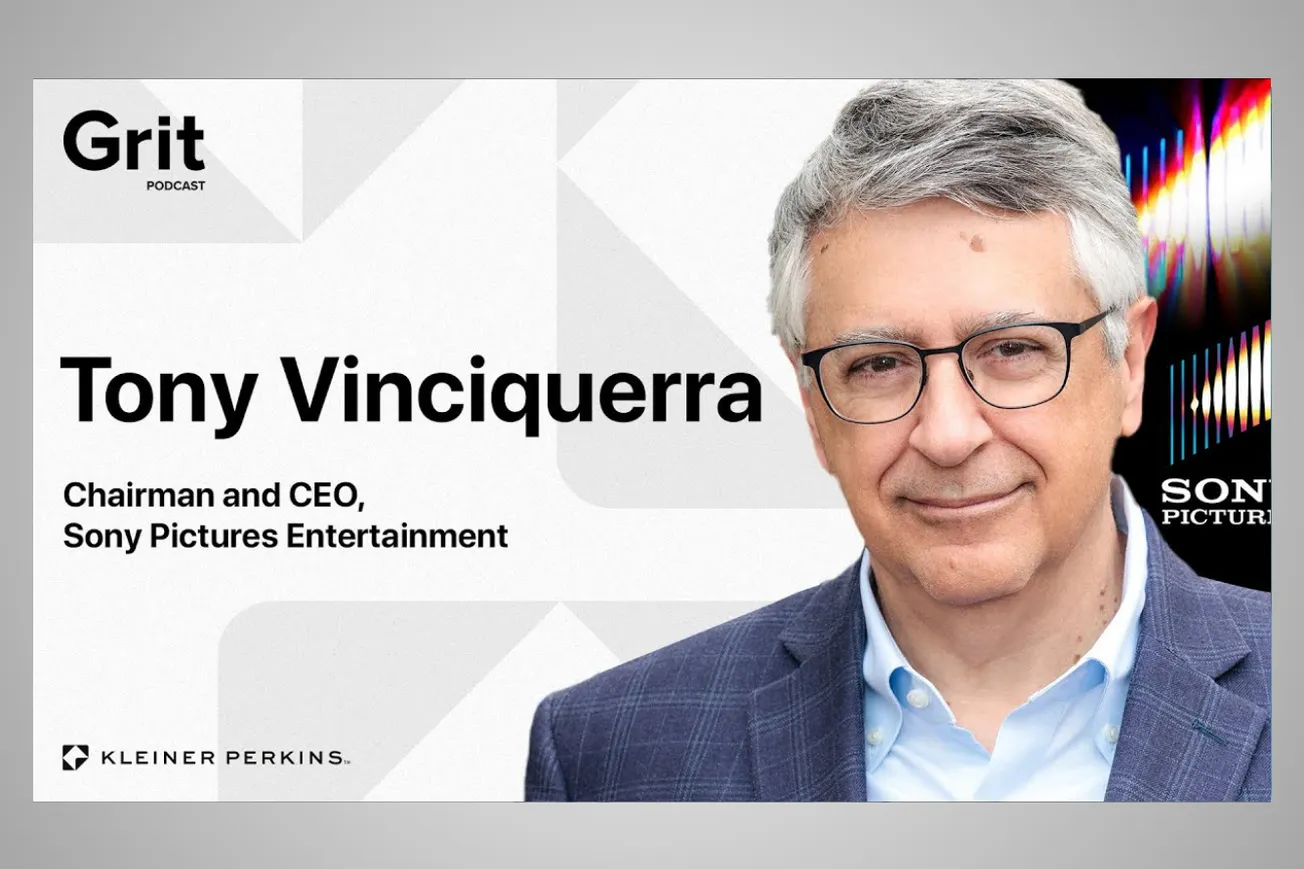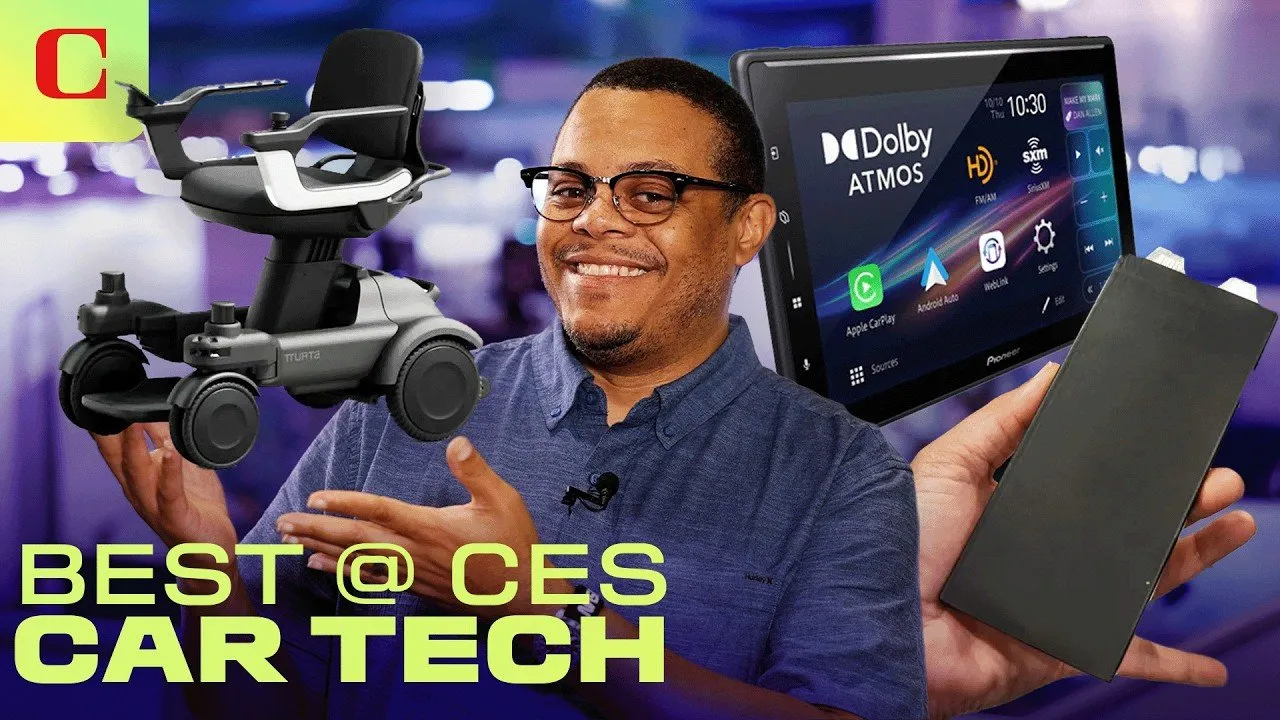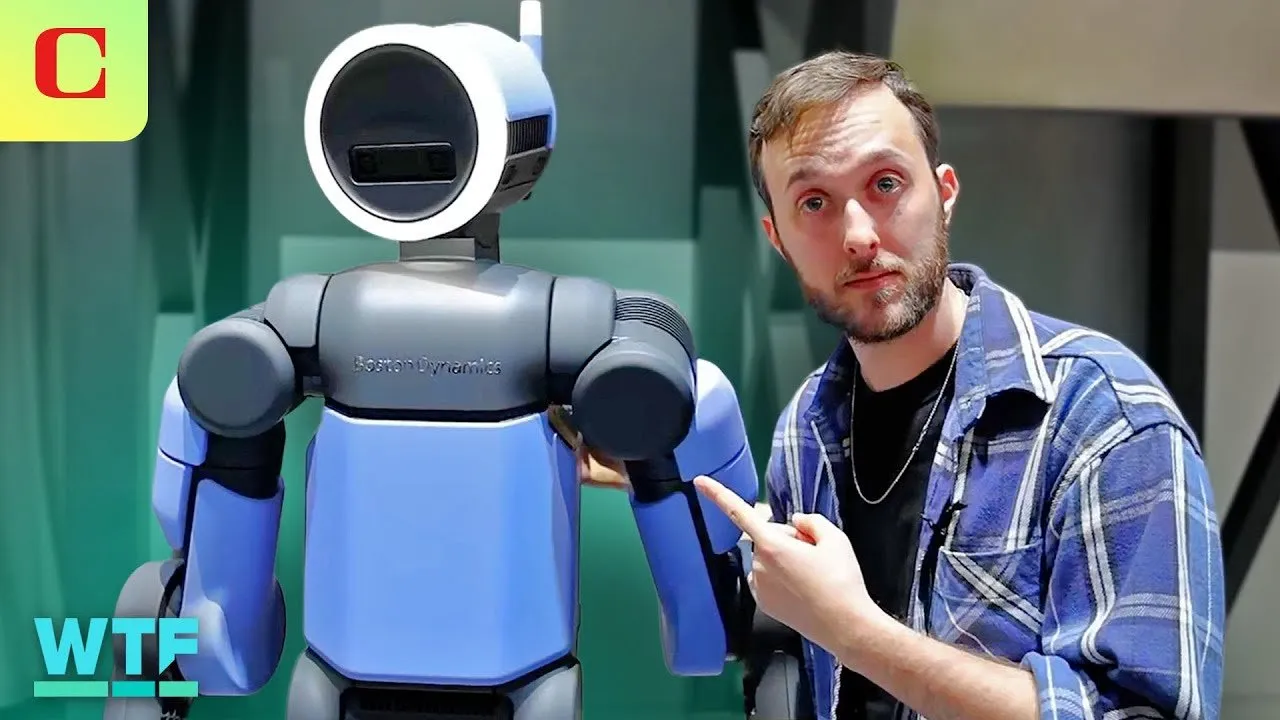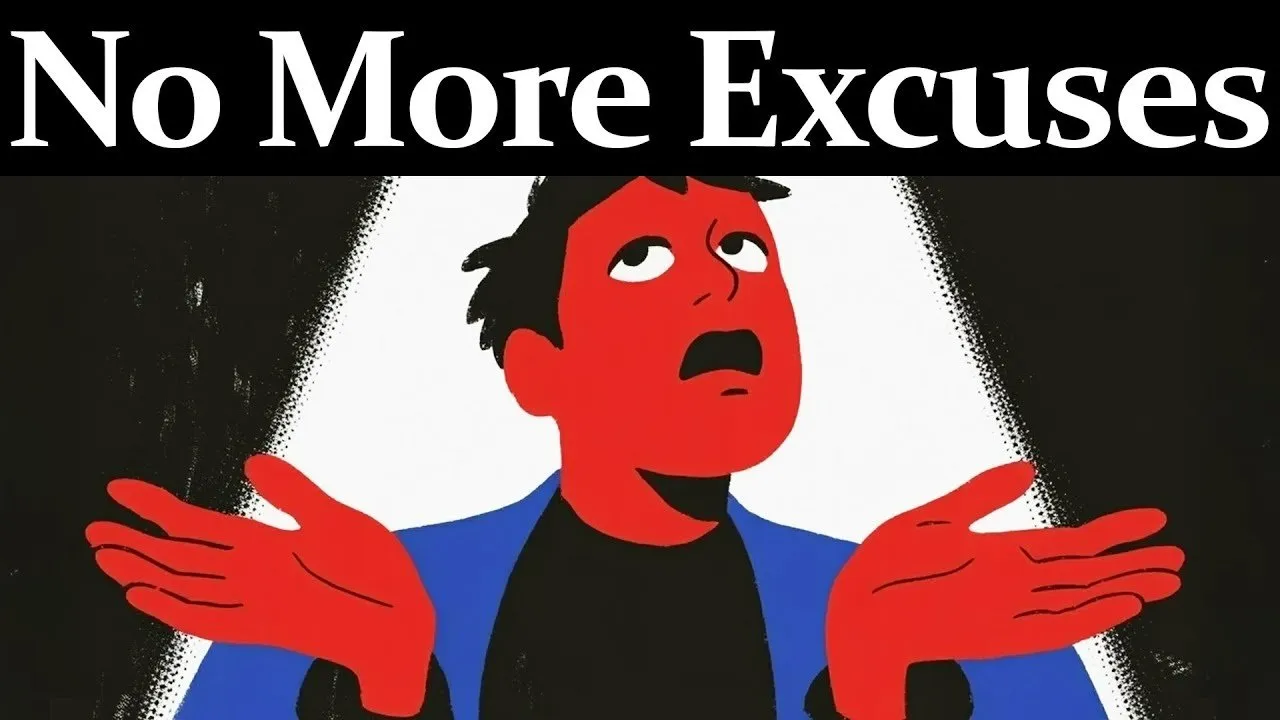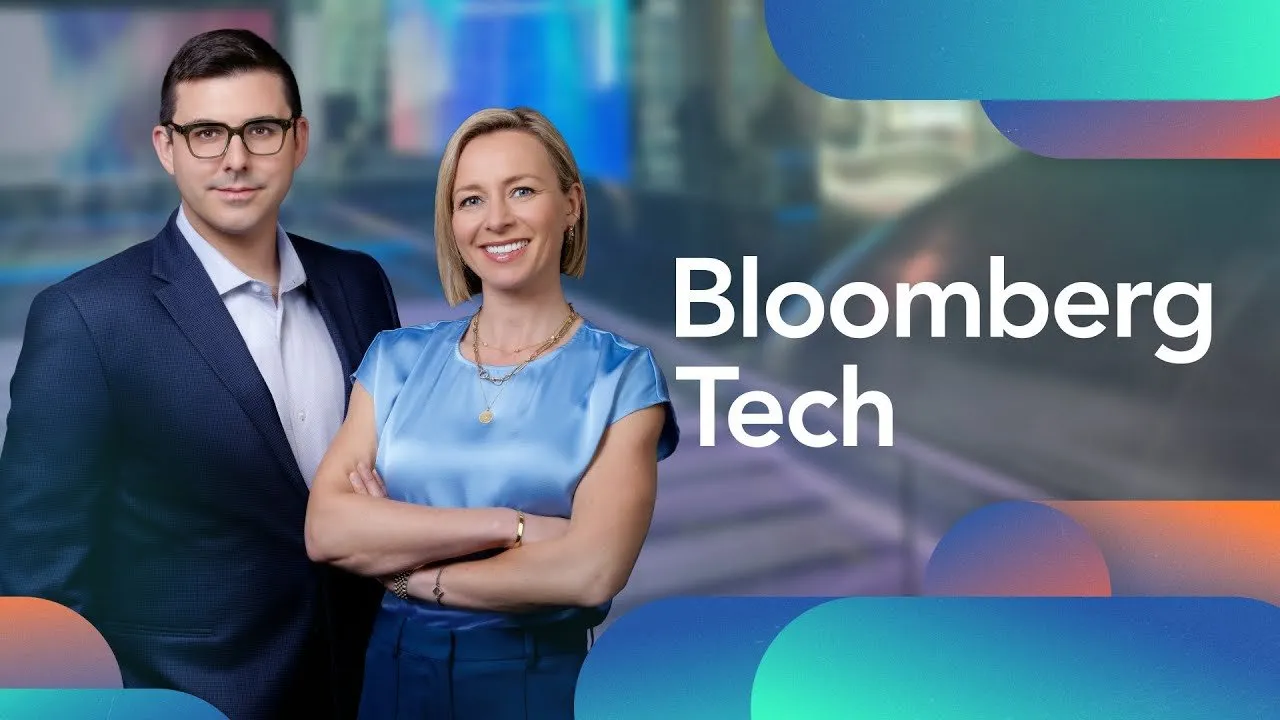Table of Contents
Tony Vinciquerra's leadership of Sony Pictures Entertainment reveals how strategic foresight, organizational restructuring, and contrarian thinking can create billions in value while competitors struggle with legacy business model transitions.
When Tony Vinciquerra took over Sony Pictures Entertainment in 2017, the company epitomized Hollywood dysfunction: $11 billion in revenue generating just $200 million in profit—a dismal 2% margin that would embarrass most retailers. Seven years later, Sony's anime streaming service will become the company's largest business, cable networks have been strategically divested, and the studio operates as a profitable "arms dealer" selling content to streaming competitors locked in subscriber wars.
Key Takeaways
- Strategic arms dealing beats direct streaming competition when markets become oversaturated with similar offerings
- Organizational spans and layers analysis reveals hidden inefficiencies that destroy both profit margins and decision-making speed
- Early recognition of technology transitions enables profitable asset divestment before widespread industry acknowledgment
- Anime represents a "violently passionate" niche that creates sustainable competitive moats through audience dedication
- AI adoption requires balancing efficiency gains with workforce transition management and creative integrity concerns
- Curiosity and enthusiasm drive career success more than formal education or predetermined planning
- Physical assets and intellectual property provide defensive advantages during technological disruption periods
Timeline Overview
- 00:00–15:13 — Industry Leadership Philosophy: Media executive perks and responsibilities, leaving prestigious positions voluntarily, relationship building with team owners, and the attraction of fixing broken businesses over managing successful ones
- 15:13–32:56 — Sony Transformation Strategy: Organizational restructuring through spans/layers analysis, strategic cable network divestment, arms dealer content strategy, and anime acquisition combining FUNimation with Crunchyroll
- 32:56–44:21 — Industry Disruption Management: Cable network decline, writer/actor strikes during technology transition, AI's impact on production costs and creative processes, and the necessity of technological adaptation
- 44:21–54:55 — Consumer Behavior Evolution: Changing viewing habits from theaters to streaming to shorts, video game production costs reaching $300-400 million, and the challenge of maintaining theatrical experiences
- 54:55–END — Leadership Lessons: Worst days in media business, normal daily routines, family life balance, childhood influences, and the importance of proactive curiosity over formal credentials
Deep Analysis: Strategic Arms Dealing in Content Wars
Vinciquerra's decision to become an "arms dealer" rather than launch another streaming service represents sophisticated strategic thinking that contradicted industry conventional wisdom. While every major media company rushed to create direct-to-consumer platforms, Sony positioned itself as the ammunition supplier for the inevitable subscriber acquisition wars.
The strategic insight centered on recognizing market oversaturation before it became obvious to competitors. With Netflix, Amazon, Apple, Disney, Warner Bros, NBC, and Paramount all launching streaming services targeting the same customer base, Vinciquerra predicted a destructive competition for subscribers that would benefit content creators more than platform operators.
"All of these companies these six or seven companies that are developing streaming services plus Netflix and Amazon and apple we're all going at the same customer with the same pretty much the same offering lots of product and they're going to be beating the crap out of each other to get subscribers."
The arms dealer strategy required excellent content creators "on the bench"—something Sony possessed but had previously underutilized. Rather than competing for subscribers, Sony sold premium content to the highest bidder or platform that would provide optimal distribution. This approach generated immediate revenue without the massive customer acquisition costs that streaming services faced.
The strategy also provided optionality that direct streaming competition eliminated. Sony could simultaneously serve multiple platforms without choosing sides in competitive battles. When streaming services struggled with subscriber growth, Sony benefited from increased content budgets as platforms desperately sought differentiating programming.
This positioning proved prescient as streaming services eventually realized direct competition was unsustainable. The current trend toward consolidation validates Vinciquerra's early assessment that the market couldn't support seven general entertainment streamers. Sony's arms dealer position enables participation in industry consolidation without being forced into unfavorable merger dynamics.
Organizational Archaeology Through Spans and Layers Analysis
Sony's organizational restructuring through spans and layers analysis illustrates how seemingly technical management concepts can unlock massive value when properly applied. The methodology revealed structural problems that explained both poor financial performance and negative corporate culture.
The diagnostic revealed spans of 3.5 reports per manager versus industry standard of 7-8, creating 11-12 organizational layers instead of optimal 9-10. This structure created numerous management positions without meaningful work, leading to organizational frustration and press leaks from employees lacking clear responsibilities.
"The spans and layers analysis showed that the span was about 3.5 which it should be seven or eight [...] and layers were 11 or 12 and it should be nine or 10 probably in a business of that [...] we reorganized the company and unfortunately had to let go of a lot of people because there were a lot of people that were not working."
The restructuring addressed multiple problems simultaneously. Reducing layers accelerated decision-making by eliminating approval bottlenecks. Increasing spans forced managers to focus on truly important decisions rather than micromanaging subordinates. Eliminating redundant positions reduced costs while improving remaining employees' job satisfaction by providing meaningful work.
The cultural transformation proved as important as financial improvement. Employees with clear responsibilities and decision-making authority became more engaged and less likely to leak negative information to press. The "critical mass of positive attitudes" that emerged created self-reinforcing organizational momentum that facilitated other strategic initiatives.
This organizational surgery enabled Sony to pursue aggressive content strategies and technology transitions without internal resistance undermining execution. The streamlined structure could respond quickly to market opportunities while maintaining operational discipline necessary for profitability.
Technology Transition and Industry Adaptation
Vinciquerra's approach to technological disruption demonstrates sophisticated understanding of adoption curves and timing considerations that many media leaders struggled to grasp. His philosophy of adaptation rather than resistance created competitive advantages while others fought inevitable changes.
The early recognition of cable network decline enabled strategic divestment before widespread industry acknowledgment. While competitors clung to high-margin cable businesses generating 50%+ profits, Sony eliminated most cable networks in 2017, retaining only profitable international markets and specific niches like Game Show Network.
"In 2017 we got rid of most of our [cable networks] [...] it was pretty obvious to me [...] you could see what was happening [...] adding one more to that pile of streaming services was not the way to go."
The AI adoption strategy balances efficiency gains with workforce concerns while maintaining creative integrity. Rather than wholesale replacement of human creativity, Sony explores AI applications that reduce production costs without eliminating artistic input. The "Here" film with Tom Hanks illustrates gradual integration that enhances rather than replaces human performance.
Vinciquerra's public statements about AI adaptation created industry controversy but reflected necessary leadership during technological transitions. His position that "you can't get in the way of technology" acknowledges reality while advocating for workforce transition support rather than futile resistance.
The video game production cost observation—$300-400 million for premium titles—illustrates how technology increases rather than decreases production expenses across entertainment categories. Understanding these cost dynamics helps explain why efficiency improvements become essential for industry sustainability.
Anime Strategy: Capturing Violent Passion
Sony's anime acquisition and development strategy demonstrates how niche market domination can create more sustainable value than broad market competition. The combination of FUNimation and Crunchyroll created the only profitable streaming service besides Netflix while serving a dramatically smaller but intensely engaged audience.
The "violently passionate" characterization of anime audiences captures the fundamental difference between broad entertainment and niche content strategies. Anime fans demonstrate consumption patterns and spending willingness that general entertainment audiences rarely match, creating sustainable competitive moats through audience dedication.
"It's violently passionate [...] you're either in and you're all in or you're not exactly and you don't know anything about it exactly [...] half of the audience is in costume [...] it's a passionate passionate audience."
The acquisition timing proved fortuitous as anime demand accelerated globally while production costs remained relatively low compared to live-action content. The combination with Sony's Aniplex production capabilities in Japan created vertical integration advantages that competitors struggle to replicate.
The business model benefits from both subscription revenue and merchandise sales that anime audiences embrace enthusiastically. Unlike general entertainment streaming where content represents pure cost, anime generates multiple revenue streams from the same intellectual property investments.
The strategic patience required for anime development contrasts sharply with quarterly pressure facing public streaming services. Sony's private positioning enabled long-term investment in audience building and content development without immediate profitability pressure that might have compromised strategy execution.
Leadership Philosophy: Curiosity Over Credentials
Vinciquerra's career trajectory illustrates how curiosity and adaptability can overcome educational disadvantages in rapidly evolving industries. His emphasis on learning over credentials provides frameworks for success during technological transitions that render traditional expertise obsolete.
"Two most important things that you need to do are be curious and enthusiastic and if you do those two things you'll be fine in life and curiosity is the most important one."
The "juggling more balls" metaphor for career advancement captures how increased responsibility requires systematic capacity building rather than just working harder. Each promotion adds complexity that demands new organizational and cognitive capabilities rather than just applying existing skills at larger scale.
The "world slows down" description of executive effectiveness illustrates flow state psychology where complexity becomes manageable through experience and pattern recognition. This mental framework enables seeing strategic opportunities that less experienced executives miss during high-pressure situations.
The reflection on childhood influences reveals how early resource constraints can drive achievement motivation that persists through later success. Growing up on a pullout sofa with three sisters in a two-bedroom apartment created appreciation for opportunity that shaped career decision-making.
The relationship between proactive curiosity and professional success challenges traditional education models that emphasize credential accumulation over continuous learning. Vinciquerra's advancement from radio sales to studio leadership demonstrates how intellectual engagement drives career mobility more than formal qualifications.
AI Integration and Creative Industry Evolution
Sony's approach to AI integration reflects nuanced understanding of technology adoption in creative industries where workforce concerns intersect with competitive pressures and artistic integrity requirements.
The cost-benefit analysis for AI production reveals current limitations where advanced techniques like virtual stages cost more than traditional methods. Understanding this temporary economic reality prevents premature adoption while maintaining strategic preparation for eventual cost curve improvements.
"It's more expensive to make an AI film today than it would than it than it would be to do traditional production [...] at some point [...] the cost benefit analysis becomes more positive but who knows where that is."
The guild negotiation dynamics during AI emergence illustrate tension between technological inevitability and workforce protection. Recent agreements create temporary constraints on AI implementation while providing transition frameworks for industry adaptation.
The consumer behavior evolution—from theaters to streaming to shorts—demonstrates accelerating change cycles that challenge traditional production and distribution models. Understanding these shifts enables strategic positioning for emerging consumption patterns rather than defending obsolete business models.
The recognition that production costs across entertainment categories continue rising while technology simultaneously threatens to reduce them creates strategic tension requiring careful navigation. Companies that successfully balance efficiency gains with creative investment will gain competitive advantages over those that choose extreme positions.
Conclusion
Tony Vinciquerra's leadership of Sony Pictures Entertainment demonstrates how strategic thinking, organizational discipline, and technological adaptation create sustainable competitive advantages during industry transformation. His contrarian approach to streaming competition, early recognition of cable network decline, and successful anime strategy illustrate the value of independent analysis over conventional wisdom. Most importantly, his emphasis on curiosity and enthusiasm over formal credentials provides a framework for navigating technological disruption that extends beyond media to any industry facing fundamental change. The combination of strategic patience with operational urgency creates a leadership model particularly suited for companies managing transition between established and emerging business models.
Practical Implications for Media and Technology Leaders
- Conduct organizational archaeology: Use spans and layers analysis to identify hidden inefficiencies that drain both profits and employee engagement
- Consider arms dealer strategies: In oversaturated markets, supplying competitors can be more profitable than direct competition
- Recognize technology adoption curves: Early divestment of declining assets preserves value better than optimistic retention strategies
- Target passionate niches: "Violently passionate" small audiences often provide more sustainable value than broad, lukewarm markets
- Balance AI integration: Pursue efficiency gains while managing workforce transitions and maintaining creative integrity
- Prioritize adaptability over resistance: Technology adoption is inevitable; strategic positioning determines winners and losers
- Develop proactive curiosity: Continuous learning and pattern recognition drive career success more than static credentials
- Build capacity systematically: Each level of responsibility requires new capabilities rather than just scaling existing skills
- Maintain strategic patience: Long-term vision enables better decision-making than quarterly pressure optimization
- Embrace contrarian thinking: Independent analysis often reveals opportunities that conventional wisdom misses during industry transitions

